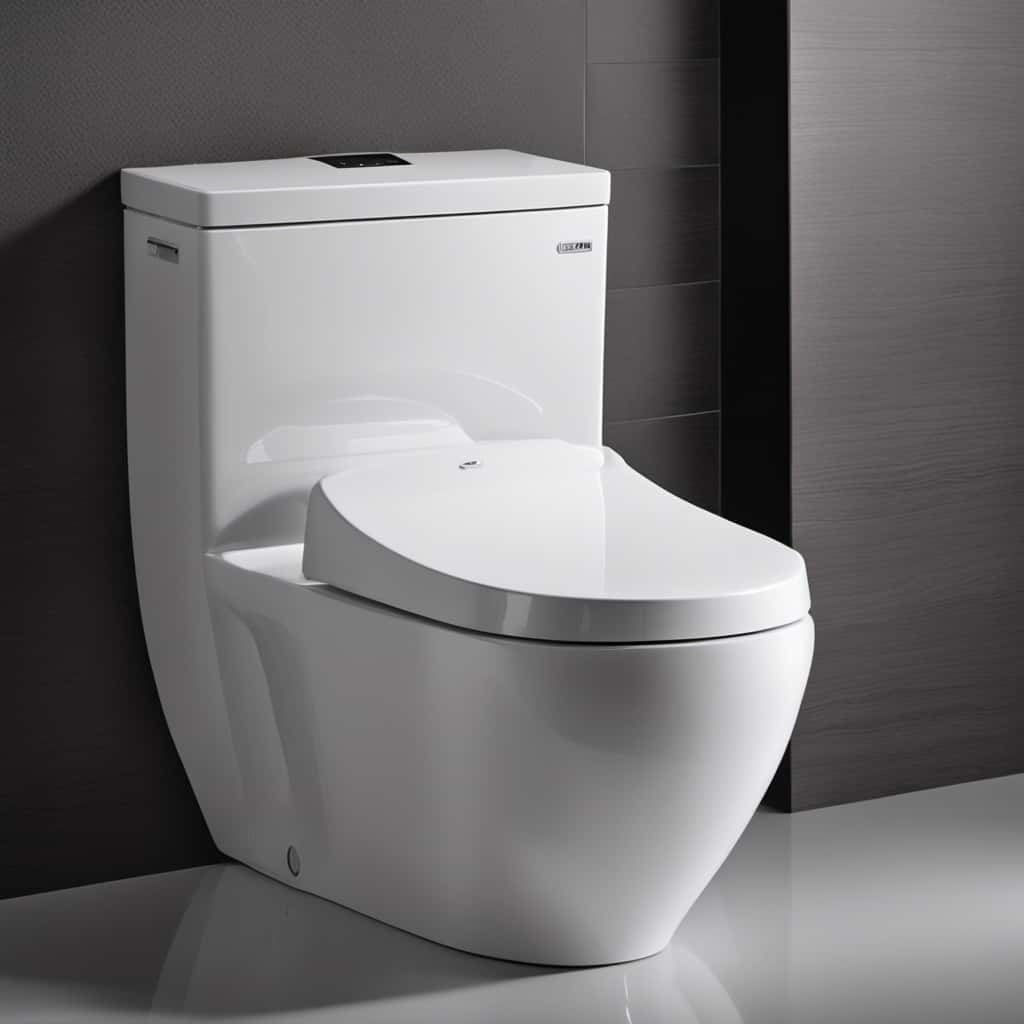I’ve always been curious about how much weight a bathtub can hold. It’s a question that many homeowners might have, especially if they’re considering using their bathtub for something other than just taking a bath.
Well, did you know that the average bathtub can hold up to 400-600 pounds of weight? That’s quite impressive!
In this article, we’ll explore the factors that determine a bathtub’s weight limit and explain how to calculate the weight you can safely put in your bathtub. So, let’s dive in and find out just how sturdy our bathtubs really are!
Key Takeaways
- The weight limit of a bathtub is determined by its design, construction materials, and structural support.
- Exceeding the weight limit can result in structural damage, leaks, or collapse.
- Factors such as material, design, installation, and supporting structure affect a bathtub’s weight limit.
- Proper weight distribution is important to maintain the structural integrity and safety of the bathtub.
The Maximum Weight Capacity of a Bathtub
You’ll need to know the maximum weight capacity of your bathtub before adding any additional weight. The bathtub weight capacity refers to the maximum amount of weight that the bathtub can safely hold without risking damage or collapse. It is essential to adhere to this limit to ensure the longevity and safety of your bathtub.
Every bathtub has a specific weight limit determined by its design, construction materials, and structural support. Exceeding this weight limit can lead to structural damage, leaks, or even catastrophic failure. To determine the weight capacity of your bathtub, consult the manufacturer’s specifications or contact a professional.
It is crucial to consider the weight of the tub itself, the water, and the weight of any person or objects that will be in the tub to ensure it remains within the recommended limits.
Factors That Determine a Bathtub’s Weight Limit
When considering a bathtub’s weight limit, it’s important to take into account various factors. These factors can greatly influence the bathtub’s weight capacity and ensure its structural integrity. Here are some key considerations:
-
Material: Different materials have varying weight capacities. Acrylic and fiberglass tubs tend to have lower weight limits compared to cast iron or steel tubs.
-
Design: The shape and structure of the bathtub can affect its weight limit. Freestanding tubs may have higher weight capacities due to their reinforced bases.
-
Installation: Proper installation is crucial for maintaining the weight limit. A bathtub installed on a weak or uneven floor may have a lower weight capacity.
-
Supporting structure: The strength of the floor and wall where the bathtub is installed plays a significant role in determining its weight limit. Reinforcements may be necessary for heavier loads.
Understanding the Importance of Weight Distribution in Bathtubs
To ensure the structural integrity of your tub, it’s crucial to understand and properly distribute the weight inside it. Bathtub weight distribution refers to how the weight of the contents in the tub is spread out. Proper weight distribution is essential because it helps prevent excessive stress on specific areas of the tub, which can lead to cracks or even collapse. By evenly distributing the weight, you ensure that the tub can support the load without any issues.
The benefits of proper weight distribution include increased durability, longevity, and safety of your bathtub. It is important to consider the weight distribution when filling your tub with water or placing any objects inside it.
Now, let’s move on to how to calculate the weight you can safely put in your bathtub.
How to Calculate the Weight You Can Safely Put in Your Bathtub
Once you understand the weight distribution in your bathtub, you can easily calculate how much weight it can safely handle. To calculate the load capacity of your bathtub, you can use the following formula:
Bathtub Load Capacity = (Weight of the Bathtub + Weight of Water + Weight of Occupants) – (Weight of the Bathtub Itself)
To better visualize this, imagine the following:
- The weight of the bathtub itself pressing down on the floor
- The weight of the water filling the bathtub, evenly distributed
- The weight of the occupants sitting or standing in the bathtub
- The weight being exerted on the walls and edges of the bathtub
By taking all of these factors into account and using the bathtub weight capacity formula, you can determine the maximum weight your bathtub can safely handle.
It is important to calculate this to ensure the structural integrity of your bathtub and prevent any potential accidents or damage.
Transitioning into the next section, here are some tips for maintaining the structural integrity of your bathtub.
Tips for Maintaining the Structural Integrity of Your Bathtub
Make sure you regularly inspect and clean the surfaces of your bathtub to maintain its structural integrity. Neglecting proper maintenance can lead to common bathtub maintenance mistakes that can compromise the durability and safety of your tub.
One important aspect of maintenance is keeping an eye out for signs of bathtub structural damage. These signs may include cracks, chips, or any form of deterioration in the bathtub’s surface or structure. It’s crucial to address these issues promptly to prevent further damage that could affect the overall stability of the bathtub.
In addition, be mindful of any unusual sounds or movements when using the bathtub, as these could also indicate structural problems. By staying vigilant and addressing any signs of bathtub structural damage, you can ensure the longevity and safety of your bathtub.
Frequently Asked Questions
What Are the Different Types of Bathtubs Available in the Market?
There are various types of bathtubs available in the market. They come in different materials with their own pros and cons. Additionally, there are different shapes and sizes to choose from for your bathroom.
Can a Bathtub Be Installed on Any Type of Flooring?
When considering bathtub installation, it is essential to evaluate the compatibility with your flooring. Not all types of flooring can support the weight of a bathtub. Proper assessment is crucial for safety and longevity.
Are There Any Safety Measures to Consider While Using a Bathtub?
Bathtub safety measures are important to prevent accidents. Tips for preventing bathtub accidents include using non-slip mats, installing grab bars, maintaining proper water temperature, and never leaving children unattended.
Can a Bathtub Be Repaired if It Gets Damaged or Cracked?
If a bathtub is damaged or cracked, there are bathtub repair options available. Signs of bathtub damage include visible cracks, leaks, or a weakened structure. It’s important to address these issues promptly to prevent further damage.
Are There Any Specific Cleaning Products Recommended for Bathtubs to Maintain Their Appearance and Durability?
Bathtub cleaning tips are essential for maintaining appearance and durability. The best bathtub cleaners are those specifically designed for removing soap scum, hard water stains, and mildew. Regular cleaning prevents build-up and prolongs the life of the bathtub.
Conclusion
In conclusion, it is crucial to understand the weight limits of your bathtub to ensure your safety and the longevity of your tub. By considering factors such as the bathtub’s material, construction, and weight distribution, you can determine the maximum weight it can hold.
Proper maintenance and regular inspections are essential to maintaining the structural integrity of your bathtub. Remember, a well-maintained bathtub not only provides relaxation but also offers peace of mind, allowing you to immerse yourself in a soothing and worry-free bathing experience.










